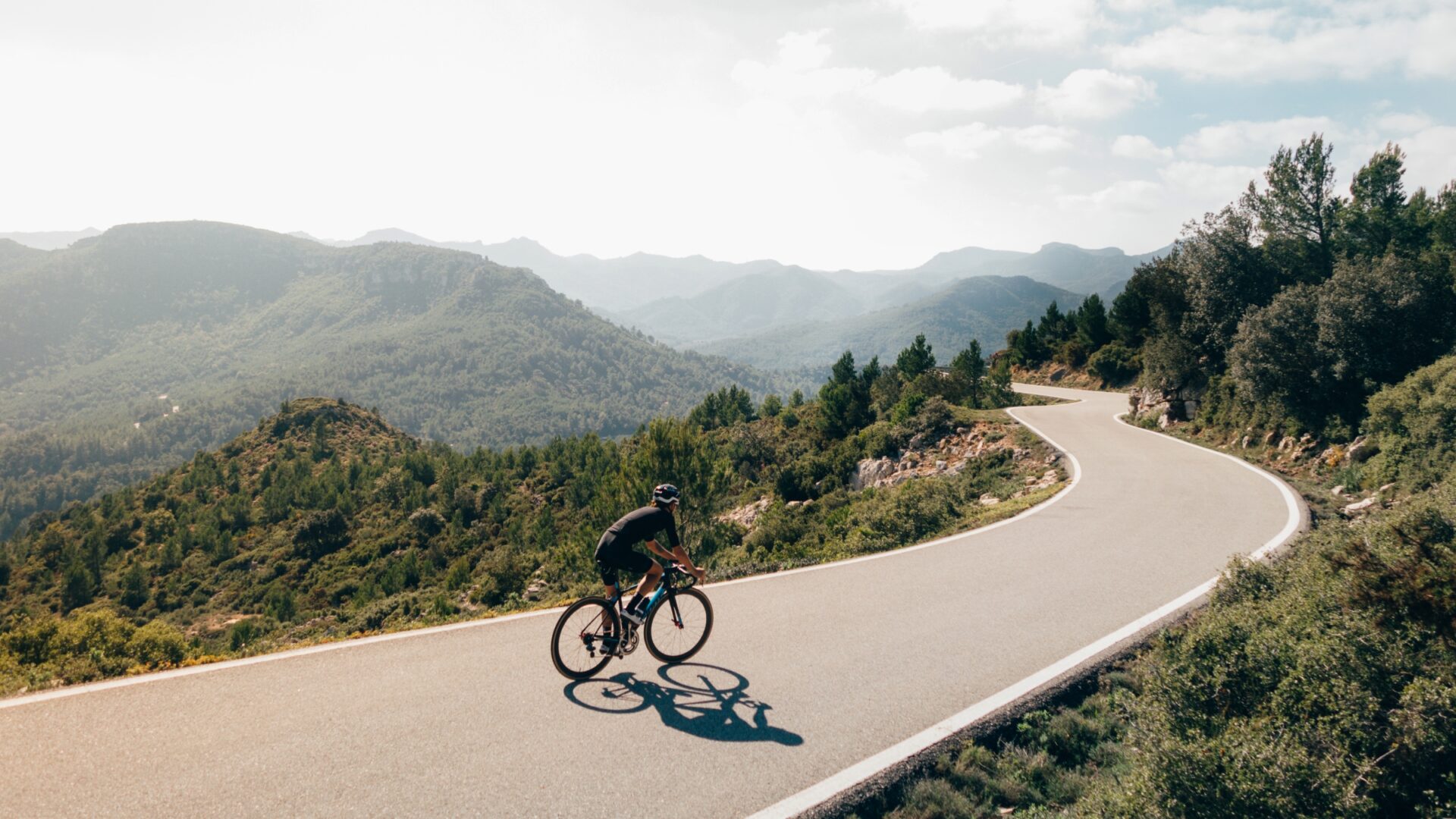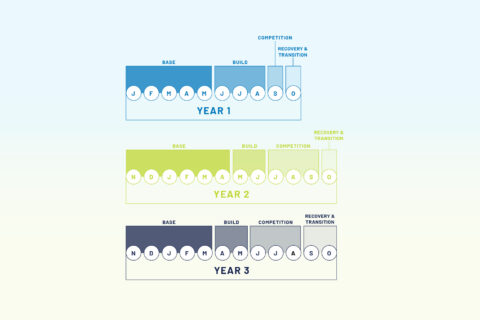Finding another month or two in the legs may be more about careful management of fatigue and having a little more fun.
Finding another month or two in the legs may be more about careful management of fatigue and having a little more fun.

Finding another month or two in the legs may be more about careful management of fatigue and having a little more fun.

Finding another month or two in the legs may be more about careful management of fatigue and having a little more fun.

Hormonal regulation plays a vital role in energy balance, recovery, and performance—disruptions can lead to fatigue, stagnation, or overtraining.

We explore what it takes to develop from a recreational triathlete into an IRONMAN World Championship qualifier.

If you’re looking to tackle some ultra-endurance events it’s important to take a longer-term approach to your training that extends beyond a single season. We explain how and why.

The goal belongs to the athlete—not the coach. It’s the coach’s job to help the athlete give shape to the final product.